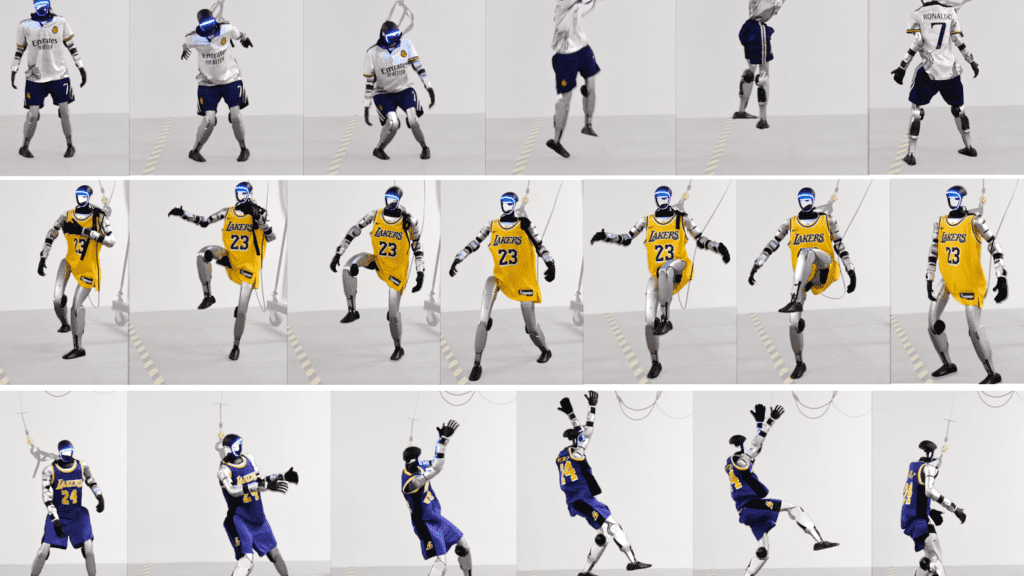Bridging the Gap: Nvidia and CMU’s Innovative Robot Training Framework
The journey of robotics has always been about overcoming challenges, and one of the most persistent hurdles has been the disparity between simulated robot movements and their real-world counterparts. A team of researchers at Nvidia’s GEAR Lab and Carnegie Mellon University (CMU) is changing the game with the introduction of their new framework, ASAP (Aligning Simulation and Real Physics).
A Significant Breakthrough in Robotics
The ASAP framework demonstrates a remarkable ability to reduce motion errors between simulated and actual robot movements by approximately 53%. This is a monumental step forward when you consider the growing applications of robotics in various industries. The framework operates in two stages: robots first undergo extensive training in simulations, and then a specialized model learns to identify and correct disparities between virtual and real-world movements. This innovative approach empowers robots to replicate intricate actions—think jumps and kicks—directly from a programmed environment to reality.
Testing the Limits of Agility
During rigorous testing with the Unitree G1 humanoid robot, researchers showcased the robot’s ability to execute a range of agile maneuvers, including forward jumps exceeding one meter in distance. The precision exhibited during these movements was notably superior compared to existing methodologies, indicating that ASAP could be a game changer for robotic training.
In an exciting twist, the team also had the robot mimic famous athletes like Cristiano Ronaldo, LeBron James, and Kobe Bryant, making this not just a technical test but an engaging spectacle. Jim Fan, Senior Research Manager at Nvidia, shared that slowing down the video footage made it easier for viewers to appreciate the robot’s remarkable agility and accuracy.
Facing Real-World Challenges
However, the development process was not without its challenges. The tests revealed hardware limitations, including overheating motors during the dynamic movements, which even resulted in damage to two robots. Such hurdles are common in the robotics field, yet they serve as valuable learning experiences for improving future prototypes.
The researchers consider this work just the tip of the iceberg. They envision the ASAP framework facilitating robots to learn even more natural and versatile movements, opening the door for broader applications down the line. Plus, they are committed to advancing the field of robotics by sharing their code on GitHub, allowing other enthusiasts and researchers to innovate on this groundbreaking work.
The Road Ahead for Robotics
The implications of the ASAP framework extend beyond just improving individual robot performance. As robotics technology continues to evolve, this leap will play a vital role in enhancing automated systems used in various sectors, from healthcare to manufacturing and beyond.
Robotic enthusiasts and industry experts will undoubtedly be keeping a close eye on this development. The promise of creating machines that can seamlessly transition from virtual training to complex real-world tasks is an exciting prospect for the future of robotics.
The AI Buzz Hub team is excited to see where these breakthroughs take us. Want to stay in the loop on all things AI? Subscribe to our newsletter or share this article with your fellow enthusiasts.




